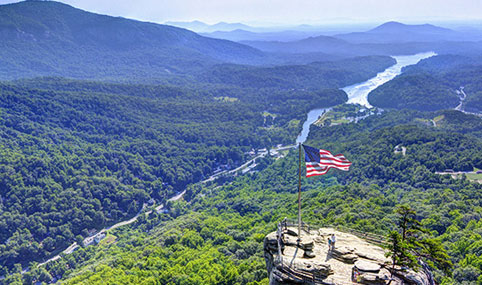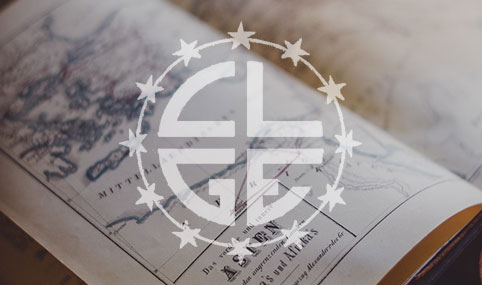About Global Surveyors’ Day
Initial discussions were held in 2008 with the International Federation of Surveyors (FIG) about establishing a Global Surveyors’ Day.
CLGE (the Council of European Geodetic Surveyors) launched its first DAY OF THE EUROPEAN SURVEYOR in 2012 on the 500th anniversary of Flemish geographer and cartographer Gerardus Mercator’s birth.
During the 2013 CLGE General Assembly meeting at the European Space Expo in Budapest, Hungary the Budapest Declaration was signed by Jean-Yves Pirlot, CLGE President, John Hohol, representing NSPS, and Gyorgy Domokos, Hungarian CLGE Delegate requesting that the International Federation of Surveyors (FIG) consider the creation of a common worldwide Surveyors’ Day.
By the initiative of CLGE and NSPS with the endorsement of FIG the Première celebration of Global Surveyors’ Day 2018 was held at World Bank headquarters in Washington, DC.
U.S. President Donald Trump sent Presidential Proclamation to join the celebration.
historical timeline
1400 B.C.
The Egyptians first used it to accurately divide land into plots for the purpose of taxation.


See All Global Surveying Events
120 B.C.
Greece- developed science of geometry– use it for precise land division developed first surveying equipment (Diopter) standardized procedures for conducting surveys.
1800 A.D.
The importance of “exact boundaries” and the demand for public improvements (i.e. railroads, canals, roads) brought surveying into a prominent position during the beginning of the industrial revolution. More accurate instruments were developed. Science of Geodetic and Plane surveying were developed.


1988
ACSM/NSPS launch National Surveyors Week in U.S.A.
2008
First discussion with FIG to promote surveyors with a Global Surveyors’ Day.


2012
CLGE launches the first Day of the European Surveyor on the 500th anniversary of Mercator’s birth.
2013
Signing of Budapest Declaration by CLGE/NSPS asking FIG to consider the creation of a common worldwide Surveyors’ Day.


2018
Première event celebrating the first Global Surveyors’ Day. Launch of SurveyorsDay.com website.
Definition of Surveying
Surveying is traditionally defined as the science and art of determining the relative positions of points above, on, or beneath the surface of the earth, or establishing such points.
Surveying Today
Today surveying affects most everything in our daily lives. A few of the areas where surveying is being used are:
- To map the earth above and below the sea.
- Prepare navigational maps (land, air, sea).
- Establish boundaries of public and private lands.
- Develop data bases for natural resource management.
- Development of engineering data for: Bridge construction, Roads, Buildings, and Land development
The Five Main Areas of the Surveyor’s Work
- Research, analysis, and decision making.
- Field work {Data acquisition}.
- Computing {Data processing}.
- Mapping {Data representation}.
- Stake-out.
The Two Major Methods of Surveying
GEODETIC SURVEYING
– Takes into account the theoretical shape of the earth.
– Generally high in accuracy, and cover large areas (greater than 777 square kilometers, 300 square miles).
PLANE SURVEYING
– Assumes that the survey area is a flat plane.
– Generally covers small areas (less than 777 square kilometers, 300 square miles).
– Most common method used.
Types of Surveys
- Control surveys.
- Topographic.
- Land, Boundary and Cadastral surveys (Original surveys, Retracement surveys, Subdivision surveys)
- Hydrographic surveys.
- Route surveys.
- Construction surveys.
- As-build surveys.
- Mine surveys.
